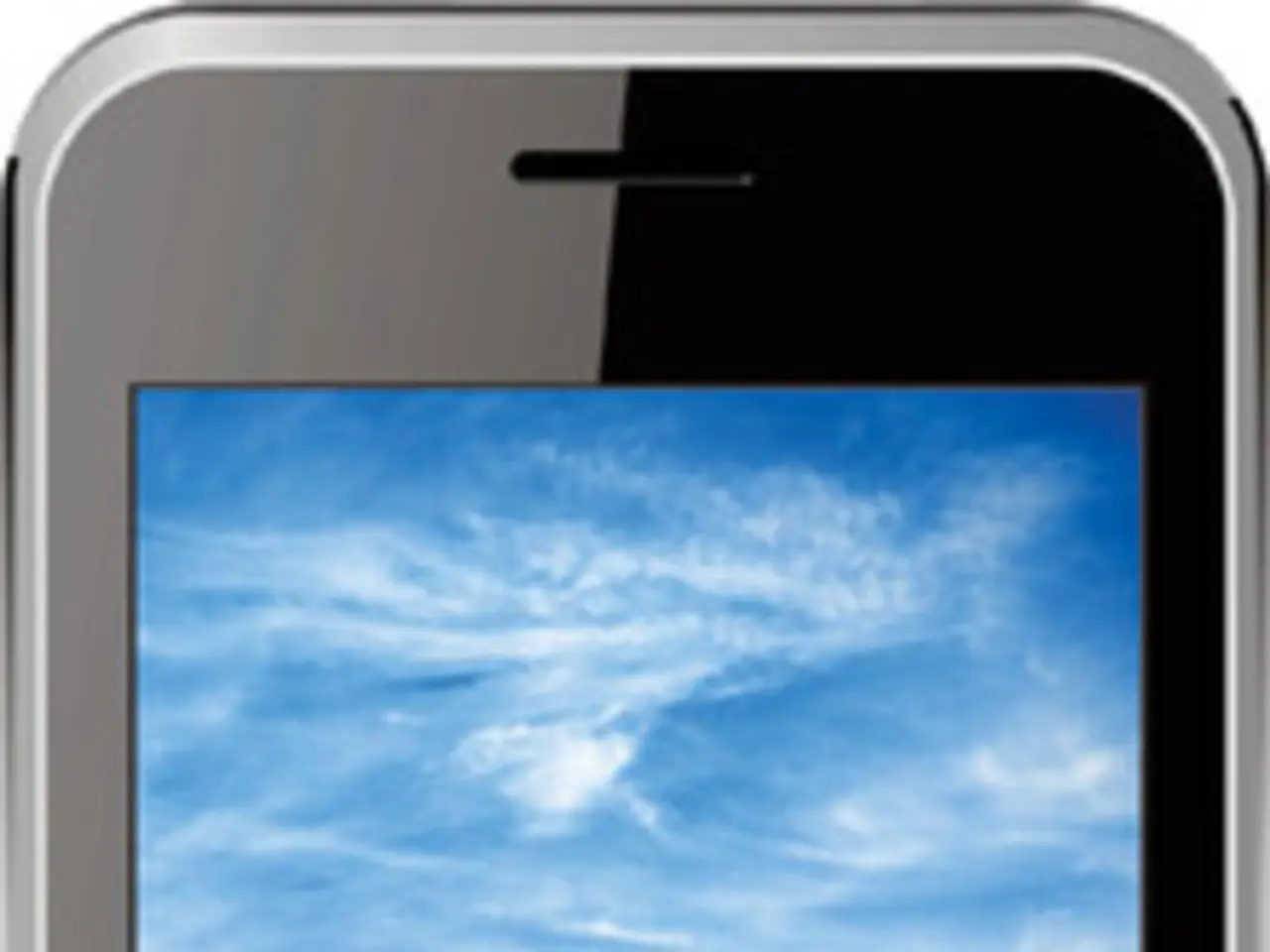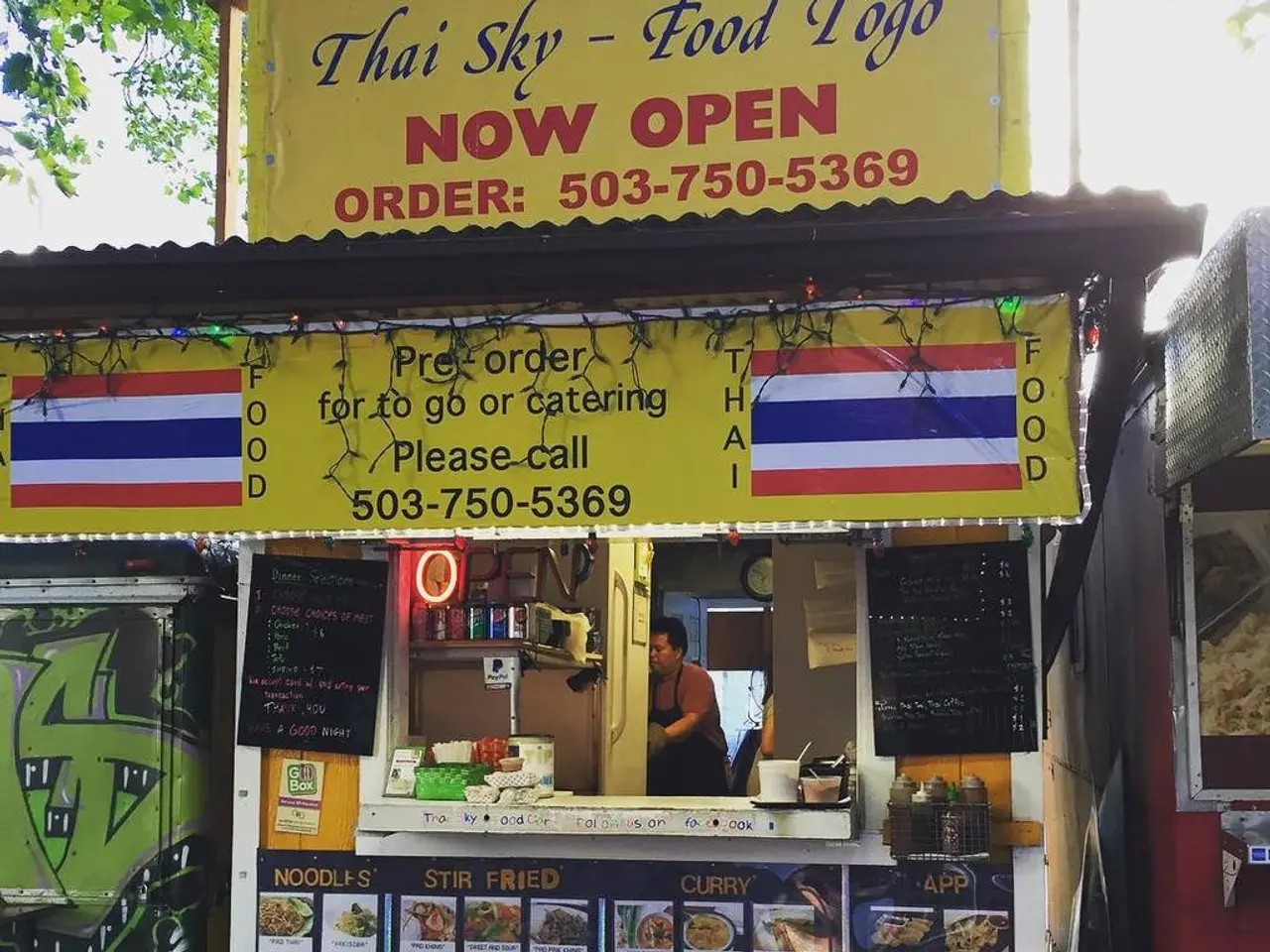Deep Sky Dan Pushes Boundaries in Mobile Astronomy Photography
Deep Sky Dan, an astrophotography enthusiast from Jupiter, Florida, USA, now residing in Nagano City, Japan, has made a name for himself in the world of astronomy. His focus on using smartphone cameras and various size telescopes has led him to become a prominent figure in the field.
For those who are just starting out in astrophotography, Deep Sky Dan offers a more accessible approach with his smartphone astrophotography setup. By attaching his smartphone to a telescope, he is able to capture deep-sky objects like galaxies and nebulae using the phone's camera through the scope. While the exact smartphone models and settings are not detailed, this approach allows enthusiasts, even beginners, to take images of deep-sky objects by leveraging the telescope’s optics combined with the convenience of a smartphone camera.
For more serious deep-sky imaging, Deep Sky Dan uses a cooled camera setup. These cameras have thermoelectric cooling to reduce sensor noise in long exposures, which is crucial for capturing detailed images of distant celestial bodies. His cooled camera setup usually involves a telescope mounted on a star tracker or equatorial mount to allow long tracking exposures of deep-sky objects, improving image quality and detail significantly compared to smartphones.
In his cooled camera setup, Deep Sky Dan uses a Celestron EdgeHD 8 or SVBONY SV555 telescope, Sky-Watcher EQ6-R Pro mount, Player One Poseidon-C Pro camera, various filters, a guide scope or L-OAG, dew heater strip, ZWO Asi290mm mini or Player One SEDNA guide camera, data aquisition software (NINA), telescope control software (ASCOM and EQMOD), guiding software (PHD2), an HP ENVY 17'' laptop, and JACKERY portable battery.
Deep Sky Dan's work has been featured in various publications such as Amateur Astrophotography, Forbes, The Guardian, DIY Photography, PetaPixel, and Digital Camera World. He can be found on Instagram, Facebook, and YouTube, where he shares his knowledge and passion for astrophotography.
For post-processing, Deep Sky Dan experimented with SETI Astro Suite and sometimes uses SIRIL, but he also uses Astro Pixel Processor for stacking and Adobe Photoshop with RC-ASTRO tools. In the future, he plans to use PixInsight for post-processing.
For planetary astrophotography, Deep Sky Dan uses PIPP, Autostakert, and AstroSurface. To ensure quality smartphone astrophotography, he emphasizes getting a good polar alignment, using quality eyepieces, focusing with a bahtinov mask, using a good adapter, and having a good mount.
Deep Sky Dan's YouTube channel focuses on smartphone astrophotography, offering valuable insights and tips for those looking to get started in the field. He also has a Patreon for supporters. For more information and to stay updated on Deep Sky Dan's latest projects, be sure to follow him on social media.
- Deep Sky Dan, renowned in the realm of astronomy and astrophotography, resides in Nagano City, Japan, having originated from Jupiter, Florida, USA.
- To widen his astrophotography horizons, he offers an accessible strategy, employing smartphone cameras and telescopes for capturing deep-sky objects.
- By merging the telescope's optics with a smartphone camera, enthusiasts, including beginners, can photograph deep-sky objects like galaxies and nebulae.
- For more detailed deep-sky imaging, Dan uses a cooled camera setup equipped with thermoelectric cooling to minimize sensor noise in long exposures.
- His cooled camera setup involves a star tracker or equatorial mount for long tracking exposures of deep-sky objects, enhancing image quality and detail.
- In his arsenal, Dan utilizes gadgets such as the Celestron EdgeHD 8 or SVBONY SV555 telescope, Sky-Watcher EQ6-R Pro mount, Player One Poseidon-C Pro camera, various filters, a guide scope or L-OAG, dew heater strip, and multiple cameras for both imaging and guiding.
- A host of online publications, including Amateur Astrophotography, Forbes, and Digital Camera World, have showcased Dan's work, reflecting his status in the space-and-astronomy community.
- In addition to social media platforms like Instagram, Facebook, and YouTube, Dan maintains a Patreon for supporters and shares valuable tips for smartphone astrophotography,Planetary astrophotography products like PIPP, Autostakert, and AstroSurface, and techniques for maintaining quality imaging, including polar alignment, using quality eyepieces, focusing with a bahtinov mask, employing a good adapter, and acquiring a robust mount, can be found on his YouTube channel.




